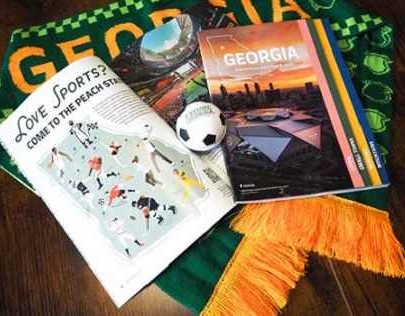Thousands of children from across the West Midlands and the country made their way to the NEC Birmingham to visit the Big Bang Fair, one of the many events organised to celebrate British Science Week 2019.
Among the multitude of stalls engaging young people in science and technology was the Public Health England and E-bug stand – which featured a variety of weird and wonderful items including petri dishes to build plasticine microbes; polystyrene globes, colourful pipe cleaners and glitter to create your own personal virus; and a laser shining through different solutions to reveal the presence of nanoparticles – which PHE scientists make sure cannot transfer from every-day substances like medicines and cosmetics into the body.
Okechukwu Onianwa is a virologist in the Culture Collections team with PHE’s National Infection Service (NIS), he said: “My job involves collecting different viruses, so we can supply them to various clients, including pharmaceutical companies, to study their behaviour and develop vaccines and medicines to combat them. Here at the Big Bang Fair, we’ve been asking young people if they know what a virus is and getting them to ‘build their own virus’ and name it. It’s a bit of fun, but the idea is to get young people to engage with viruses as living organisms which can attack the body and explain that we need to defend ourselves against the dangerous ones.
“A lot of the time the students don’t realise that things like chicken pox and flu are viruses – so it’s good to see them starting to think about things that they are aware of in a different way. Hopefully some of the young people coming to an event like the Big Bang Fair will get curious and think about pursuing science as a career.”
PHE scientists also brought an ‘alien infection’ to the NEC in the form of ‘Pluto Pox’, to give young people an introduction to epidemiology.
Simon Packer is an epidemiologist with PHE’s Field Service and donned a PPE (personal protective equipment) suit to add to the fun of teaching children about an outbreak. He said: “My job is to identify links between cases of infectious diseases by time, place and persons involved, to chart the source of outbreaks and provide information about the organism (pathogen) causing the problem, to help our Health Protection Teams prevent further infection.
“Here at the Big Bang Fair we’ve been inviting children to dip into a tombola to see if they’ve been ‘infected’ with the alien bug ‘Pluto Pox’. Infected children were given two cards to pass to random people in the hall, and infected individuals had to visit the stall to notify the PHE epidemiologist team they’d caught the pox. Their infection status was instantly relayed to a screen on the wall, which kept count of the number of people ‘infected’ and ‘protected’ plus the place and time they caught the bug. We’ve been explaining to the children that in order to investigate disease and control and outbreak, we need to look at the person, place and time, plus factors like people who are more susceptible to infection. We’ve collected information from each person on a tablet and extract data hourly to create a real-time epidemiology graph ‘epi curve’ on a screen, which shows the spread of the disease across each day.”
The most dramatic and somewhat gruesome part of the PHE stand was when the ‘snot runway’ was brought out, to teach children how far a sneeze can travel – with the aid of a ‘Shrek’ monster mask on top of a pump spray gun filled with green fluid.
Rowshonara Syeda is a Researcher with PHE and works with schools to promote the e-Bug learning resources. She said:“E-bug provides free resources which aim to reduce antibiotic resistance by helping children and young people understand infections and antibiotic use. We do a lot of research to evaluate children’s knowledge, to tailor the information we provide – which is available in 22 languages, operating in 26 countries worldwide.
“Here at the Big Bang Fair, children were invited to guess how far a sneeze would travel from our Shrek monster head squirting green fluid along the ‘snot runway’ and mark their guess with a post-it note. After the sneeze exceeded all expectations, one child was asked to volunteer to show how effective shielding a sneeze with a hand is, then finally another child is asked to use a tissue to cover the nose of the monster as it is about to sneeze – to illustrate the importance of the ‘Catch it, bin it, kill it’ advice. We’ve also been letting children make their own microbes with plasticine in a petri-dish and teaching them that not all bugs are the same; there are some bad bugs like Shigella, which cause stomach ache and then good ones like Acidophilus, which help us stay healthy. We’re trying to give important messages in a colourful and fun way.”
















